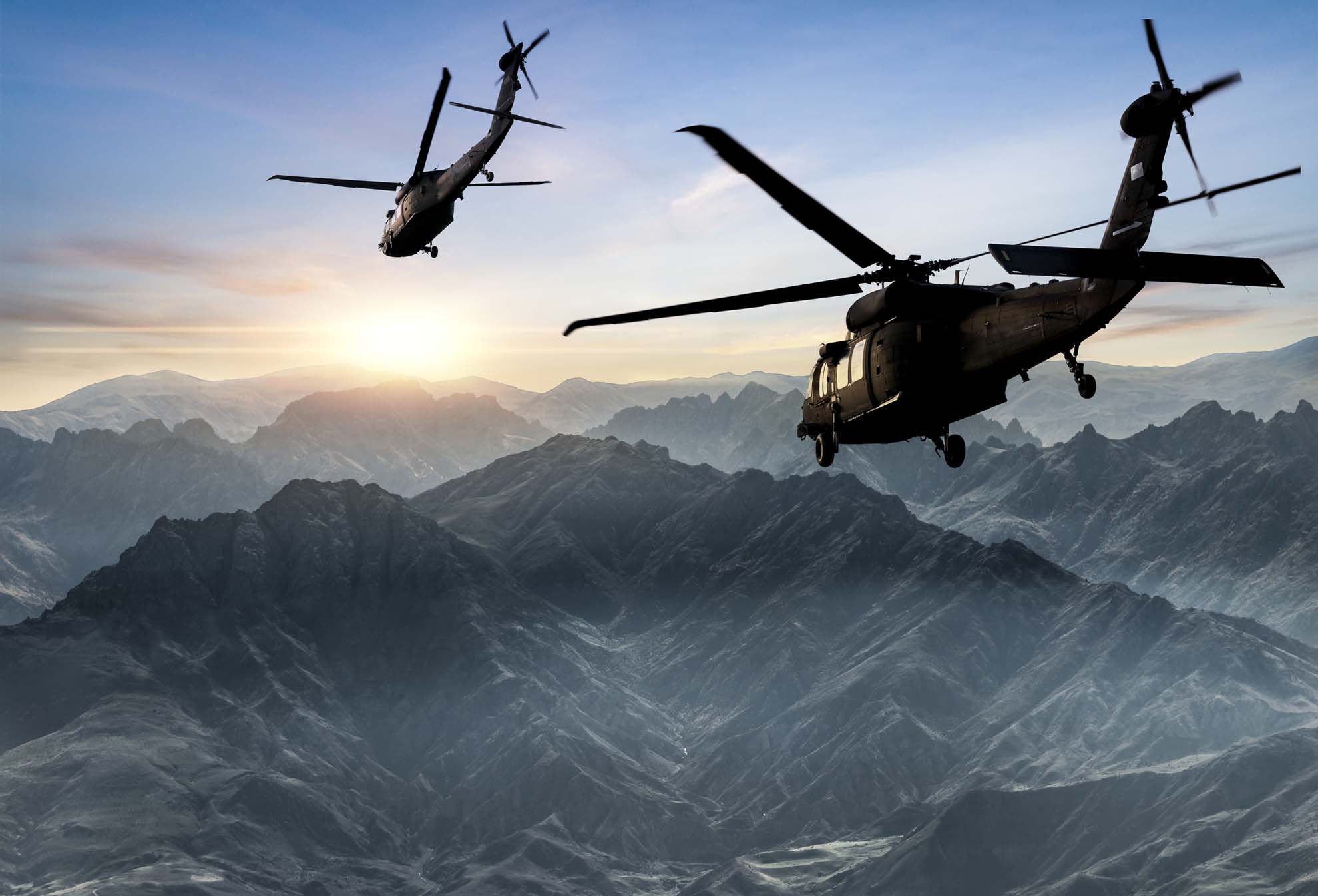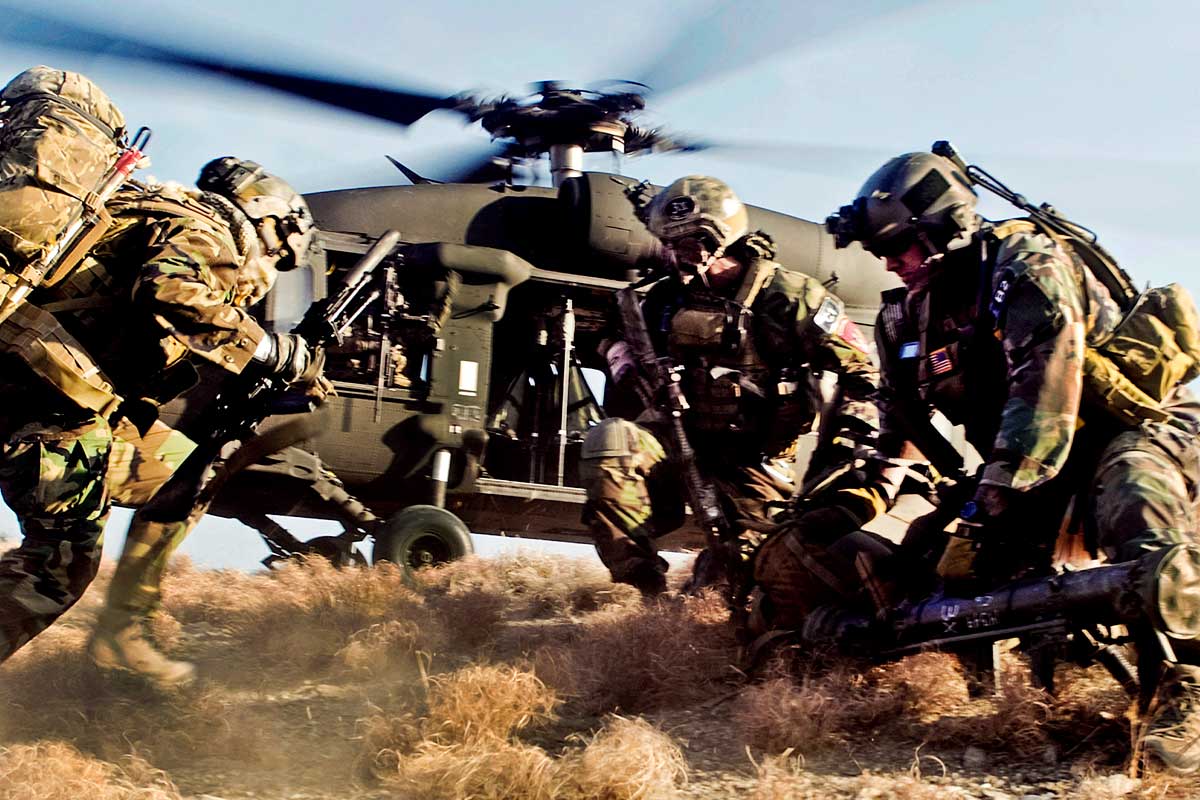Learn All Regarding the UH60 Blackhawk Helicopter: A Comprehensive Guide for Lovers
The UH-60 Blackhawk helicopter stands as a testament to engineering quality and army advancement, having developed considerably because its introduction in the late 1970s (UH60 Blackhawk Helicopter). Its layout not just deals with the needs of modern war however also mirrors a dedication to flexibility and reliability. As we discover its diverse roles-- from army transport to clinical discharge-- we uncover the subtleties that have actually strengthened its status as a crucial property in different operational movie theaters. What makes the Blackhawk particularly fascinating is the variety of variations created to satisfy details goal needs, each with its very own distinct capacities.
Background of the UH60 Blackhawk
Although the UH-60 Black Hawk helicopter was introduced in the late 1970s, its development was rooted in a requirement for a functional and reliable energy aircraft for the united state Military. Complying With the Vietnam War, which highlighted the limitations of existing helicopters, the Military sought a modern airplane that might carry out a variety of goals, consisting of troop transportation, medical evacuation, and logistical assistance. In 1972, the Army launched the Energy Tactical Transport Airplane System (UTTAS) program, aiming to change the aging UH-1 Iroquois.

The UH-60 was formally presented into service in 1979 and rapidly became a workhorse for the U.S. military, taking part in numerous problems and altruistic objectives. Its flexibility and dependability have sealed its role as a necessary property in contemporary armed forces aeronautics.

Layout and Requirements

Its airframe is built from advanced composite materials and aluminum alloys, making sure sturdiness while keeping weight to a minimum. The Black Hawk measures 64 feet long and has a rotor diameter of 53 feet, permitting for a large cabin with the ability of suiting approximately 11 troops or a considerable freight tons. The helicopter likewise features a four-blade primary blades system and a two-blade tail rotor, which add to its secure flight characteristics and premium ability to move.
The layout integrates advanced avionics and systems for boosted situational awareness, including evening vision compatibility. Additionally, the UH-60's low-profile shape and ability to run in varied environments make it ideal for a variety of objectives, from clinical evacuation to army transportation and logistical support. On the whole, the Black Hawk's layout shows its multifaceted duty in modern military procedures.
Trick Features and Abilities
Convenience is a trademark of the UH-60 Black Hawk helicopter, which is equipped with a variety of vital attributes and capabilities that improve its functional performance. Among one of the most noteworthy functions is its twin-engine layout, which supplies outstanding power and integrity, allowing it to run in various environmental problems. The aircraft is powered by two General Electric T700-GE-701C engines, permitting an optimum cruise ship speed of roughly 150 knots and a service ceiling of 19,000 feet.
The Black Hawk's innovative avionics suite includes This Site an electronic cabin, night vision compatibility, and enhanced situational understanding systems, which significantly enhance pilot efficiency and objective implementation. Its robust airframe and composite rotor blades contribute to its agility and durability, making it efficient in holding up against adverse weather and fight problems.
The Black Hawk also supports an array of tools systems, boosting its capacity to supply close air support when needed. In general, these crucial functions guarantee that the UH-60 Black Hawk remains an important asset in various army operations.
Roles in Military Procedures
A vital component of contemporary army procedures, the UH-60 Black Hawk helicopter serves in various duties that improve its tactical value. Largely identified for its adaptability, the Black Hawk is utilized in troop transport, making it possible for fast deployment of soldiers to and from fight areas, thus improving functional efficiency. Its capacity to deliver home medical personnel and tools makes it necessary for aeromedical emptying, ensuring prompt take care of hurt personnel.
In Addition, the Black Hawk plays an important duty in logistical support, shuttling materials, ammo, and equipment to ahead running bases, which is vital in sustaining armed forces procedures. The aircraft additionally masters search and rescue goals, utilizing its agility and rate to navigate intricate terrains and essence personnel in distress. Furthermore, the Black Hawk is outfitted for reconnaissance and monitoring, giving real-time intelligence to ground forces.
In unique operations, the helicopter's versatility permits it to support elite systems with accuracy insertions and removals, typically under damaging conditions. This diverse operational capacity underscores the Black Hawk's value within military frameworks, demonstrating its important duty in contemporary warfare methods.
Popular Models and variations
Numerous remarkable variants and models of the UH-60 Black Hawk helicopter have been created to fulfill specific operational needs across different armed forces branches and objectives. One noticeable version is the UH-60L, which includes updated avionics, engines, and an electronic cabin, enhancing its performance and operational capabilities. The UH-60M represents a further evolution, incorporating advanced flight control systems, improved survivability features, and enhanced payload capacity.
The HH-60G Pave Hawk, designed for search and rescue missions, is equipped with content advanced navigating and interaction systems, permitting it to run in aggressive atmospheres. The SH-60 Seahawk variant serves the united state Navy, concentrating on anti-submarine war and maritime procedures, showcasing its adaptability past land interactions.
Additionally, the UH-60Q model is customized for clinical emptying, featuring specialized tools to sustain individual care throughout transportation. The most recent version, the UH-60V, focuses on modernization, incorporating innovative technology to extend the helicopter's functional life expectancy. In general, these versions exhibit the versatility and continued significance of the Black Hawk helicopter across varied armed forces procedures.
Final Thought
The UH-60 Blackhawk helicopter stands as a testament to cutting-edge armed forces engineering, personifying flexibility and reliability in different operational contexts. UH60 Blackhawk Helicopter. Its growth, driven by lessons gained from past problems, has facilitated critical functions in troop transportation, medical emptying, and reconnaissance. With a variety of designs tailored to certain missions, the Blackhawk remains to play a vital duty in modern armed forces procedures, ensuring its condition as an indispensable asset in the defense landscape
The UH-60 Black Hawk helicopter includes a robust layout that stresses versatility and operational performance.Versatility is a trademark of the UH-60 Black Hawk helicopter, which is equipped with a variety of vital features and abilities that boost its functional effectiveness.An important part of contemporary army procedures, the UH-60 Black Hawk helicopter serves in different functions that boost its strategic value.A number of remarkable versions and models of the UH-60 Black Hawk helicopter have been established to satisfy details operational needs across different armed forces branches and goals. On the whole, these variants exemplify the adaptability and continued significance of the Black Hawk helicopter across diverse armed forces operations.
Comments on “Just How the UH60 Blackhawk Helicopter Supports Army Transportation and Rescue Missions”